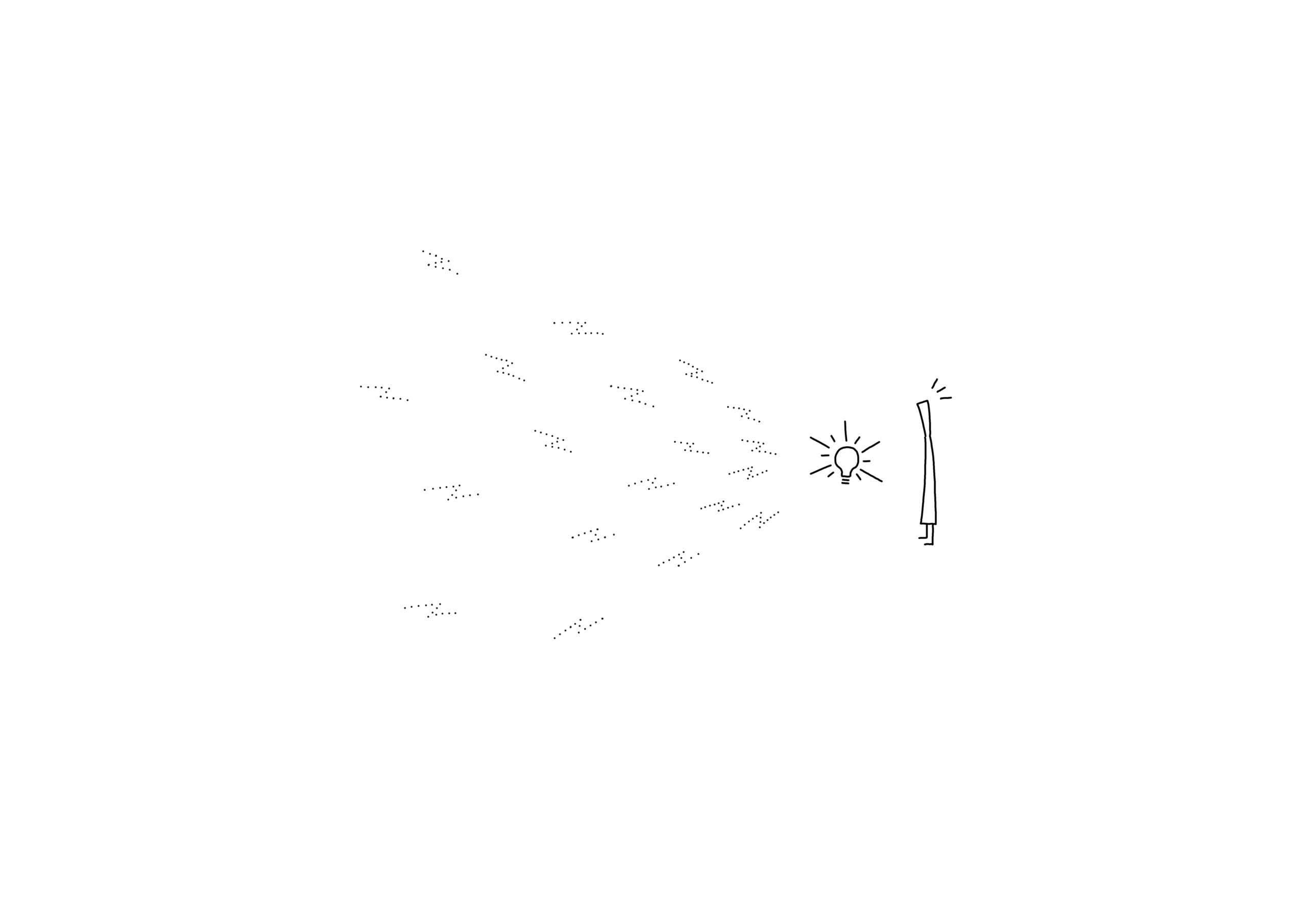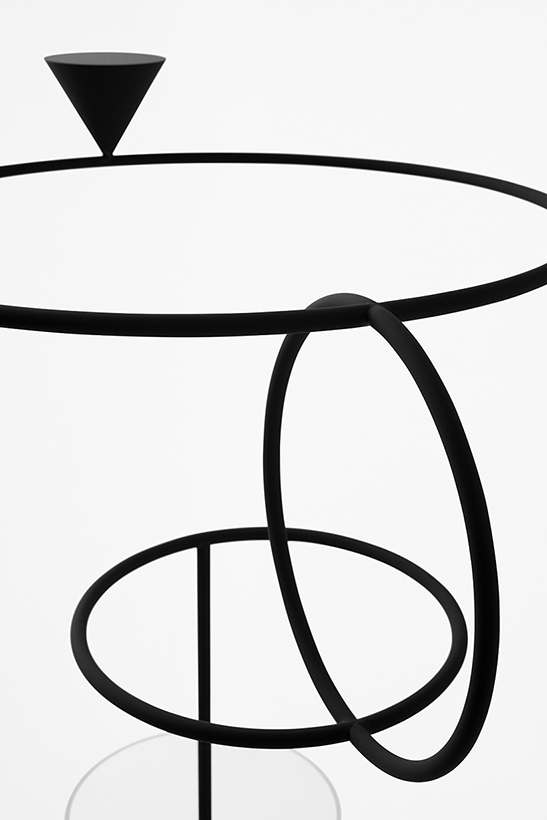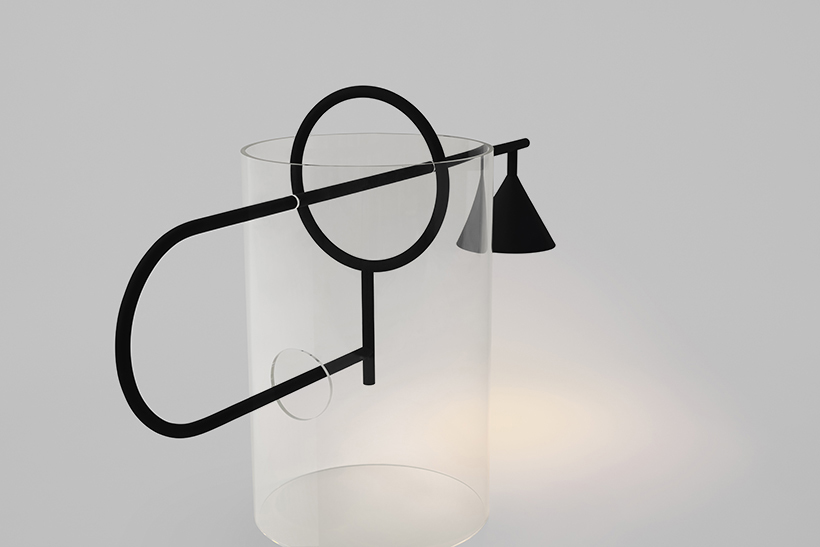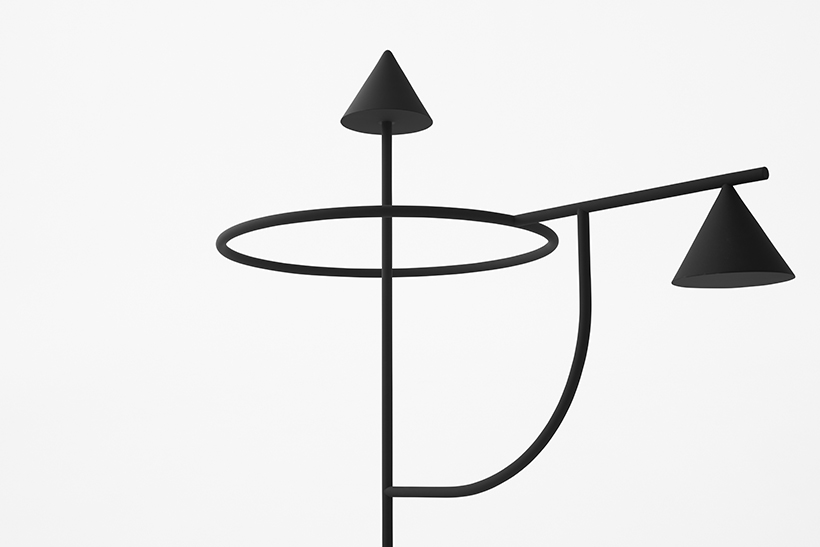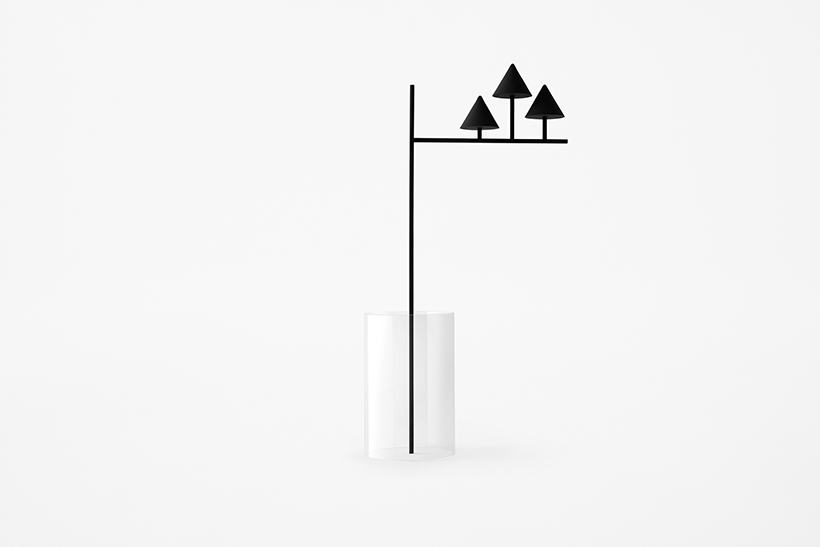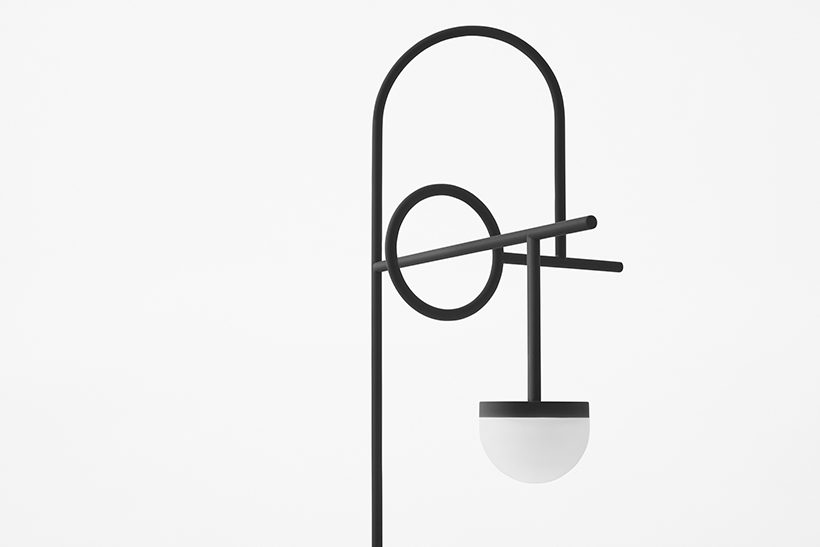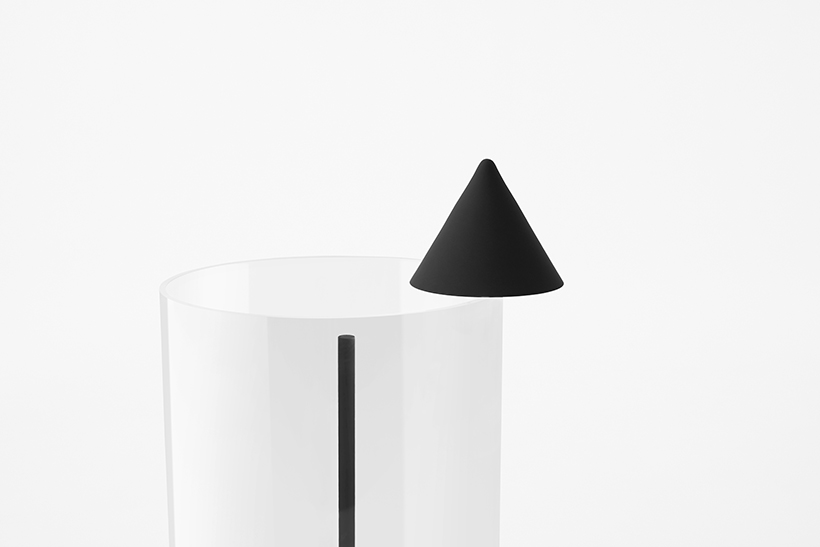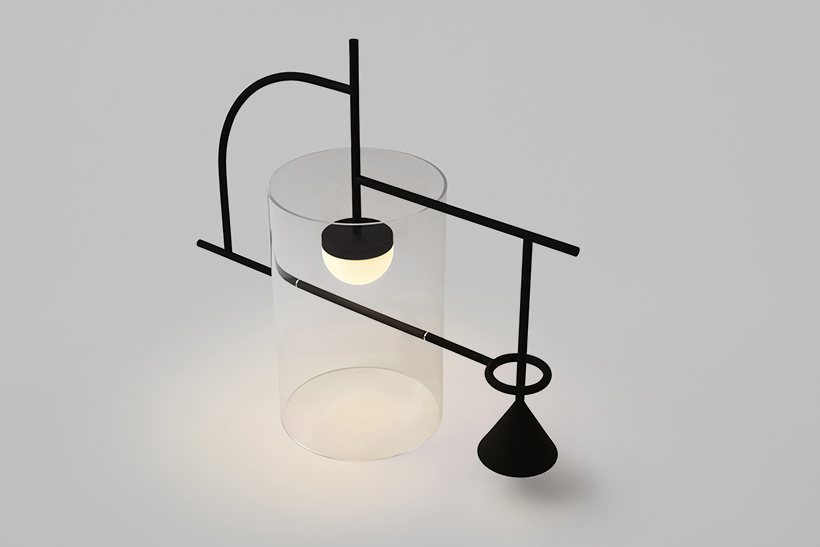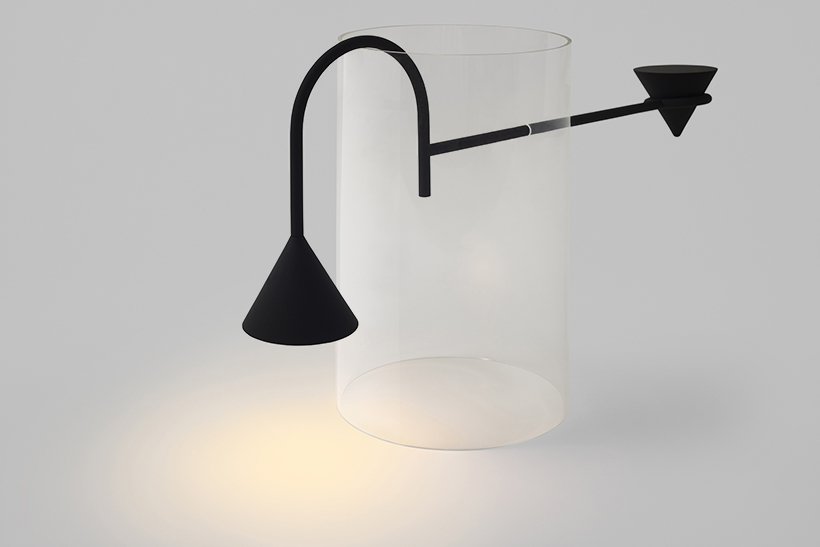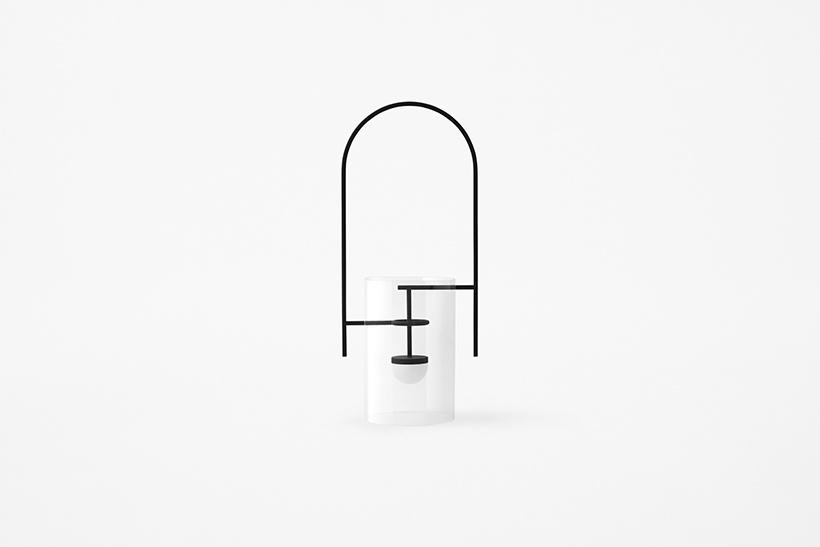koumyo
Kiyomizu-dera Temple, founded in 778, is one of the most prestigious temples in Kyoto, with a history reaching back to before the capital was moved to Heian-kyo. Through conversations with Reverend Eigen Onishi, the temple’ s sub steward, it became clear that“a prayer space is such where one can visualize and feel that belief or energy which is invisible but palpable in its existence.”Kyodo, the sutra library, usually closed to the public, was reimagined in this way.
The focus first went to contactless power transfer technology, which makes it possible to charge devices remotely through the air. It sends an energy that is invisible but palpable in its existence, and the idea was to design light fixtures using this technology to make invisible power visible. With cooperation from Kyoto University startup Space Power Technologies, wireless power transfer (WPT), a next-generation technology that converts electricity into microwaves that can carry for several meters was used. LEDs installed inside the fixtures therefore glow without the need for wiring.
Kiyomizu-dera Temple’ s primary deity is the eleven-faced, thousand-armed Kannon. To save all the world’ s living beings, Kannon is said to take on 33 different forms to respond accordingly to whomsoever calls. Therefore, each of the 33 lights were designed to be unique and placed in the center of the sutra. A statue of Jizo Bosatsu from Kiyomizu-dera Temple’ s collection is placed on the left, and a statue of Bishamonten from the same collection is placed on the right, thereby establishing the space as one for prayer.
In Japanese Buddhist terminology, the invisible energy said to surround Kannon is called ‘Koumyo’ (= light of hope), which seemed an apt name for the light fixtures.
